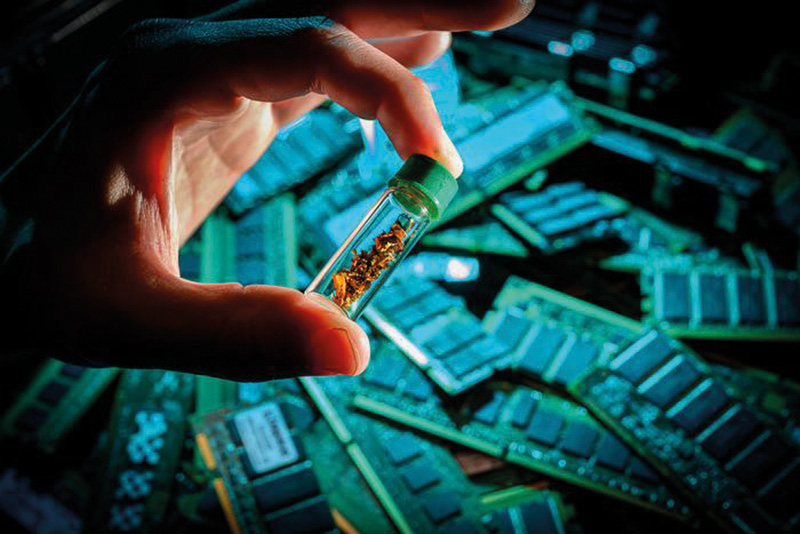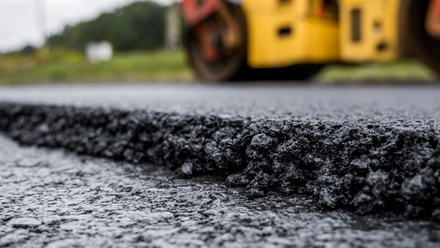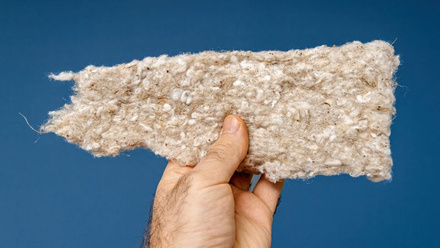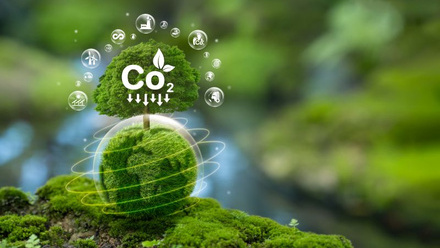Extracting precious metals more efficiently
An electrochemical technique to safely extract precious metals from low-grade ore and discarded electronics reportedly uses less energy and fewer chemicals.

Professor Xiao Su, from the University of Illinois Urbana-Champaign, USA, describes how the extraction and separation process is fully powered using inherent energy from the electrochemical liquid-to-liquid extraction (e-LLE) process.
The method uses a reduction-oxidation reaction to selectively extract gold and platinum group metal (PGM) ions from a liquid containing dissolved electronic waste.
In the paper – Redox-mediated electrochemical liquid–liquid extraction for selective metal recovery in Nature chemical engineering – the authors describe the redox-active extractant as being molecularly designed with controllable hydrophobicity to maximise organic phase retention. 'We demonstrate an atomic efficiency of over 90% and over 100:1 selectivity for practical critical metal leach streams, and 16-fold up-concentration for gold and PGMs from varied feedstocks including electronic waste, catalytic converter waste and mining streams,' explains the paper.
The team has dissolved simulated mining ores, catalytic converters and e-waste containing gold and PGMs using an organic solvent. The mixture is streamed over specialised electrodes in three consecutive extraction columns – oxidation, leaching and reduction.
The metals are converted to solids using electroplating, with the leftover liquid treated to capture the remaining metals and recycle the solvent. The stream with the organic extractant is pumped back to the first column to minimise waste.
The paper reports that 'The electroactive ddFc [didodecylferrocene] extractant was found to selectively extract gold, platinum and iridium with highly enhanced molar utilisation of the ferrocenium (>89%), while retaining >99% gold-recovery efficiency owing to the continuous nature of the e-LLE system'.
Postdoctoral researcher (and first author) Stephen Cotty says the method can pull gold and PGMs out of the stream, but also separate them from other metals like silver, nickel and copper, as well as less valuable metals.
The paper concludes, '…the e-LLE system showed great potential to operate with greener solvents such as n-butyl acetate, while retaining its highly selective and continuous metal purification capabilities. Finally, the e-LLE system was operated continuously, simultaneously extracting and releasing gold, to achieve over 1,500 mg g−1 uptake, over 90% gold removal and 91% gold-recovery efficiency.'
The researchers’ economic analysis suggests the method costs two-times less than current industrial processes, at $0.49/kg of gold.
The team is now trying to improve the engineering design and solvent selection.







